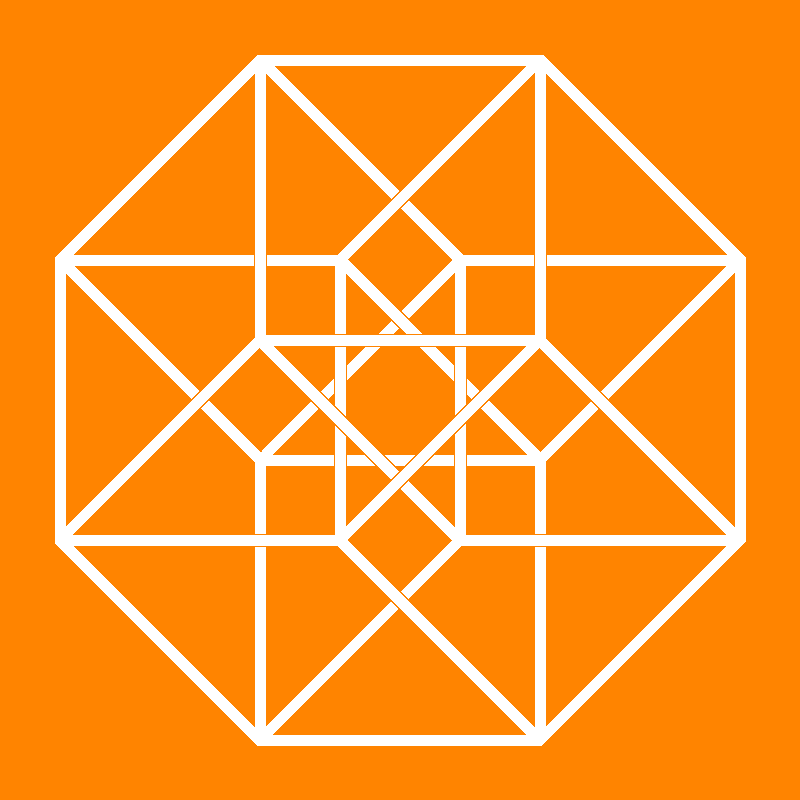
Journal for Geometry and Graphics 23 (2019), No. 1, 115--126
Copyright Heldermann Verlag 2019
Do Engineers Use an International Language? Construction Drawing as a Way of Communication Between Engineers
Monika Sroka-Bizon
Faculty of Civil Engineering, Silesian University of Technology, Krzywoustego Street 7, 44-100 Gliwice, Poland
monika.sroka-bizon@polsl.pl
Krzysztof Tytkowski
Faculty of Civil Engineering, Silesian University of Technology, Krzywoustego Street 7, 44-100 Gliwice, Poland
krzysztof.tytkowski@polsl.pl
Anatanas Vansevicius
Agricultural Acdemy of Vytautas Magnus University, Studentu g. 11, Kaunas, Lithuania
antanas.vansevicius@vdu.ly
Daniela Velichova
Faculty of Mechanical Engineering, University of Technology, Namestie slobody 17, 812 31 Bratislava, Slovakia
daniela.velichova@stuba.sk
Modris Dobelis
Technical University, 1 Kalku Street, Riga 1658, Latvia
modris.dobelis@rtu.lv
On October 1, 2017, the project "Development of Interactive and Animated Drawing Teaching Tools", shortly DIAD-tools, began. Partners from Estonia, Latvia, Lithuania, Slovakia, and Poland carry out the project as a part of the Erasmus + Key Action 2 program. The main goal of the DIAD-tools project is to create interactive tools to support the learning of technical drawing. Teaching materials will be developed in six language versions: English, Estonian, Latvian, Lithuanian, Slovak and Polish. These tools will be available on the project's online platform, which will be available to students, students, and high school teachers from all European Union countries. The developed interactive and animated drawing materials should be universal to be a real didactic aid.
The project has become an inspiration for the authors to ask themselves: Is the construction drawing a universal, international language for engineers? Are the drawing symbols recommended for use in the standards of the individual countries of the project partners homogeneous? The authors compare the adopted standard design construction symbols in the partner countries implementing the DIAD-tools project. The comparative analysis carried out will enable the development of a maximally universal illustrative material for learning the principles of structural drawing. At the same time, it will enable the development of exemplary supplementary materials, which will contain information on possible differences in drawing symbols or rules used in the partner countries of the project.
Keywords: Drawing, construction drawing, technical drawing.
MSC: 51N05
[ Fulltext-pdf (1972 KB)]